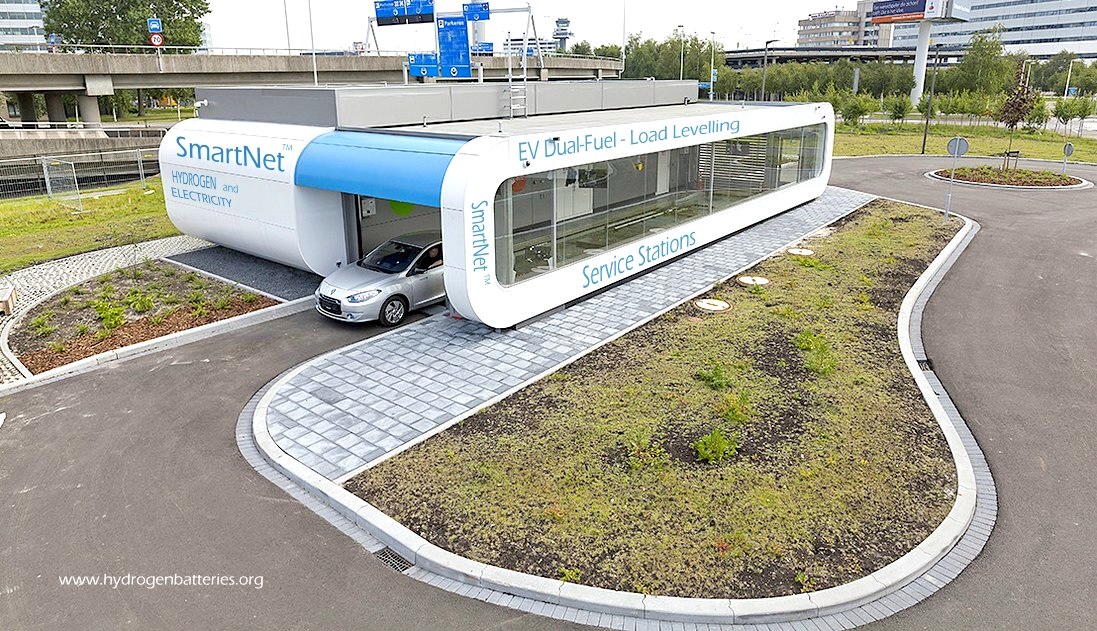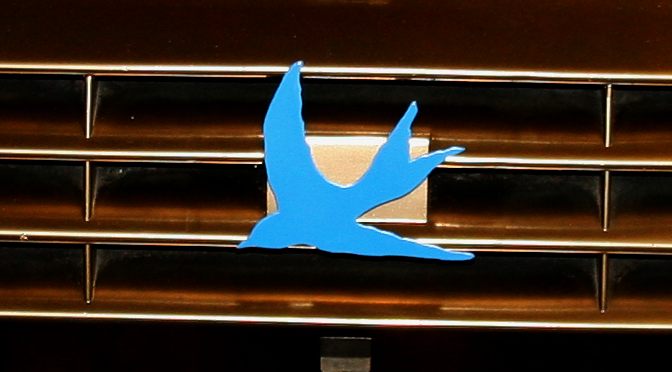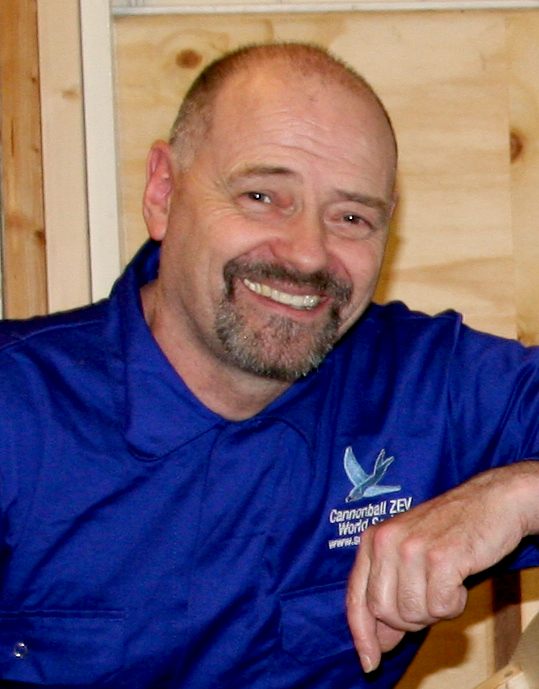|
PATENT - GB APPLICATION
PLEASE USE OUR A TO Z INDEX TO NAVIGATE THIS SITE or SEE HOME
|
|
|
COMPATIBILITY - Before Whitworth standardized thread sizes, engineering compatibility was very hit and miss. Now, we take metric thread sizes for granted, and how much simpler for engineers - not having to invent a new size for each application. But with EVs, we don't seem to have learned that lesson yet. Each model car and van appears to have its own size pack. The SmartNet™ system caters for all sizes of vehicles, battery or hydrogen, cartridge and plug in. One size fits all - and we're going to need that, with 600,000 service stations to replace in the next 29 years - at the very latest.
A HARD SHELL TO CRACK - Help us to help the world electrify. A versatile service system, removes the resistance to Electric Vehicles, and protects private car buyers against making the wrong choice. Development of the proposed energy infrastructure is dependent on car makers and energy suppliers working together to hatch the solution.
Under international patent law, a UK priority application may be used for European and other International filings within 12 months of filing the priority application. The same law applies to initial filings in any country by virtue of the Patent Cooperation Treaty (PCT).
TITLE: SMART CITIES SUSTAINABLE TRANSPORT INFRASTRUCTURE SYSTEM - SMARTGRID
PATENT ABSTRACT An electric vehicle rapid recharging or refuelling system using a universal format (loading method, locking mechanism and contacts or connectors) of energy cartridge that is compatible with battery and fuel cell technology and a design of service station for such universal cartridge that is economical to install and operate optionally incorporating smart load levelling technology, thus providing the basis for a cost effective and sustainable infrastructure for zero emission vehicles internationally, by way of a cornerstone for smart cities and communities.
PATENT
DESCRIPTION: SMART CITIES SUSTAINABLE TRANSPORT
INFRASTRUCTURE SYSTEM
Typically, the range of a vehicle from any given size of battery pack or cartridge is dependent upon the physical dimensions of the cartridge and the energy density of the battery chemistry.
In the last 40 years significant investment in research and development of batteries has focused on improving energy density, life cycle and charging speeds, whereby, there was a transition from lead-acid, to nickel-cadmium, to nickel-metal-hydride, to lithium-ion, and so on, with research continuing apace as to more energy efficient, energy dense and physically stable chemistry.
CHEMISTRY
We are not concerned here with the chemistry of the storage medium other than it is capable of being constructed to provide suitable voltages and amperages, safely and reliably. We are concerned with compatibility and interchangeability, such that upgrades in the chemical delivery system is flexible, but still remains compatible with a universally acceptable infrastructure, without which the spread of sustainable transport will take far longer than it need be, so prolonging dependence on burning fossil fuels that are considered to be responsible for global warming and the generation of carcinogenic airborne chemicals and particulates.
PLUG IN CHARGING
The most common method of recharging an EV is via a plug from a convenient charging location. To get away from the usual 4-8 hour charge time, fast-charge charging points are being introduced in Europe and the USA. The problem with fast charging points is that they still take a long time to recharge a vehicle in relation to the convenience of petrol or diesel transport, long enough that fast charging is not compatible with the speed of city life.
NETWORK DEMAND
The other problem is that there is and will be greater demand for peak generated power if roadside or pavement charging becomes popular. As such that will require additional output from electricity generating stations, perceived as another global warming issue. If follows that if this situation is not addressed in the design of EVs and EV service facilities, that the move to zero emission transportation will not be as successful in halting climate change as politicians and voting citizens now require, but will simply move the problem sideways, rather than dealing with grass roots strategy.
SMART LOAD LEVELING
A
means of keeping electricity generation at or near to its present capacity
is a desirable feature in the move toward sustainability, where utilities
need to run efficiently in order to make profits, but also to provide
energy with the minimum of pollution. .......
More recently from 2011, Shai Agassi improved on the concept employed by Porsche with his Better Place company building service stations compatible with the Renault Fluence. These service installations swapped battery units from underside the vehicle using subterranean (below ground level) machinery.
In the US, Tesla are also using a similar but improved system to that developed by Better Place in terms of exchange speed, to swap battery cartridges on their model S sedans (for example). Speed of cartridge exchanges is therefore of considerable importance and may now get more attention with Formula E racing coming on stream. .........
The fastest battery cartridge exchange was, before this present invention, by a converted Rover (Metro) which used two electric motors running at 36 volts to drive its lifting mechanism via gearing and levers to raise a cartridge from the ground until it contacted with the vehicle's chassis and locked in place, also making electrical contact. This process took around 50 seconds, with additional, but far less time to unload the spent cartridge beforehand and relocate. In 2014 Tesla demonstrated a battery pack exchange system timed at about 90 seconds using a below ground (below vehicle) automated (or semi-automated) installation. In 2020, NIO have roadside battery swapping stations that exchange packs in a couple of minutes. None of these battery packs is compatible with the other.
The problem with the Better Place, Tesla and NIO systems is that the complexity and hence cost of the station that is designed to services a customer's vehicle, is/was a major stumbling block to popularizing the concept, and they only catered for cars and batteries.
In addition, the vehicles that may be serviced by the Better Place, Tesla or NIO (BPTNI) systems are designed to use their own cartridge format and these are different in configuration, hence not interchangeable, but rather encourage brand loyalty. .......... They are not compatible with more than 95% of vehicles currently in production ......
AUTONOMY
BPTNI style systems leave consumers entirely dependent on service stations for instant energy replenishment, via cartridge exchange, there is no half way level of autonomy as regards cartridge servicing, such that a vehicle might refuel itself without the need for additional equipment beside a road or perhaps with the help of an AA or RAC or other roadside assistance service such as Green Flag, who might carry a spare cartridge for customers as part of their repertoire of recovery services.
It would though be a significant advance for electric vehicles if they could look after their own needs by virtue of ...... in addition to .....
ADOPTION
BPTNI style systems do not cater for gradual acceptance and introduction where a vehicle might be serviced at local depots without the aid of any external machinery. .......
A local depot might be any arrangement with a shop or supermarket to carry stocks of universal cartridges .......
LOAD LEVELING: We cannot reveal the (proprietary) inner workings of our design for low cost service stations of the future, but this drawing was to scale in 2014, showing that the system we should like to develop for smart cities is a practical proposition for most vehicle sizes on the road today.
PATENT CLAIMS: SMART CITIES SUSTAINABLE TRANSPORT INFRASTRUCTURE SYSTEMTHE INVENTION CLAIMED IS:
1. An energy ...............................
2. A ......................
IP LICENSING & CONTRACTS
We are likely to be granting licenses in respect of this technology to appropriate developers (associates) for a nominal fee with conditions. In addition we are preparing improvement specifications for patent filing to suit our associates and collaborative partners, such that world patent protection is obtained at a time to coincide with new product launches.
Manufacturers and energy companies not directly involved in concept development, may take licenses for service stations and energy cartridges, to supply OEM, or to operate load levelling transport infrastructures. Alternatively, a legal contract might be all that is necessary.
OTHER
TOPICS
The keys to succeed in the IP Economy.
Research & production
Knowledge partners
Sponsors
Partners
Media
CONSULTANT - eco-engineer and patent strategist: Nelson is donating his time to various conservation projects on a free-basis, with fingers crossed for a cleaner planet and sustainable energy for all. He is an expert on battery exchange/storage strategy. He also has a number of (Town & Country Planning) application/appeal victories under his belt - useful when it comes to smart cities of the future when his experience negotiating with officials to be able to site refuelling services could be useful. His father was a major roofing contractor for the GLC (now GLA) in the 1970s, also building affordable quick-build houses in the UK, Africa and Indonesia - that were also rot proof with high insulation factors: way ahead of their time. His great uncle was a civil engineer working on railroad design in India.
|
LINKS & REFERENCE
https://www.wipo.int/pct/en/
http://www.cipo.ic.gc.ca/
http://www.ipaustralia.gov.au/
http://www.uspto.gov/
http://www.ipo.gov.uk/
http://www.ipsummit.info/
http://www.premiercercle.com/sites/ipsummit/2013/paris2013/
This website is Copyright © 2021 Bluebird Marine Systems Ltd. The names Bluebird™, SmartNet™ and the blue bird in flight logos are trademarks. All other trademarks are hereby acknowledged. The color blue is a protected feature of the trademarks.








